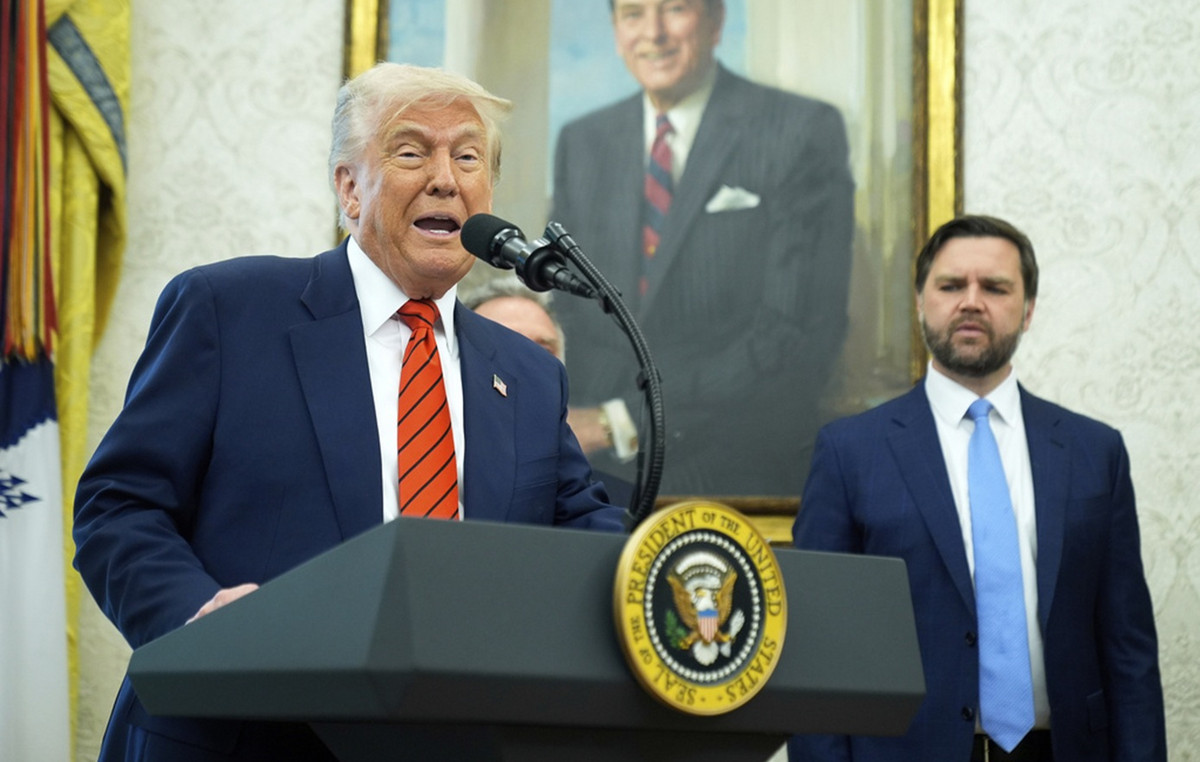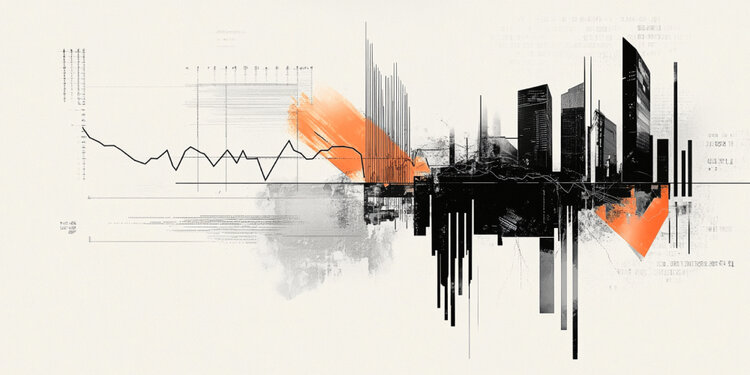According to a survey carried out by Google, Brazilian visits to markets and pharmacies increased by 43% in January. The platform monitors the daily mobility of the population based on the geolocation of cell phones, and aims to supply organizations and the public authorities with information that help in the fight against Covid-19.
The monitoring of displacements is divided into six categories: retail and leisure; market and pharmacies; parks; public transport stations; work and residential places. The most recent survey data refer to the comings and goings recorded last Friday (28).
Across the country, there was a 43% greater demand from markets and pharmacies, precisely at a time when there is an increase in cases of Covid-19 and the consequent demand for rapid tests to detect the disease.
Pará was the Brazilian state where most people went to pharmacies and markets, registering an increase of 80% in relation to the rates normally registered.
Visits to work places increased by 12% in the country. Roraima was the state with the greatest increase in demand for these establishments, causing the level of displacement to grow by 33%.
Retail and leisure establishments, however, registered a negative shift when compared to usual values. Attendance at these sites was 6% lower than normal.
The state of São Paulo, which concentrates the main economic activity in the country, registered the smallest displacement to retail and leisure locations: -14%. Then, Ceará, Paraná and Pernambuco had 11% lower frequency in establishments in this category.
Google informs that the values used as an average of “normal” displacements are those of mobility data recorded between January 3 and February 6, 2020, in the pre-pandemic period.
Source: CNN Brasil







